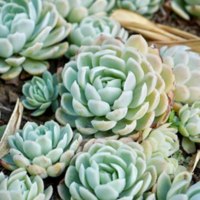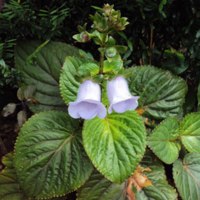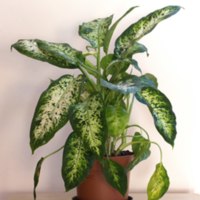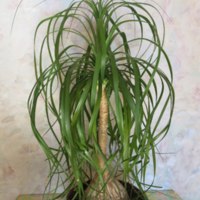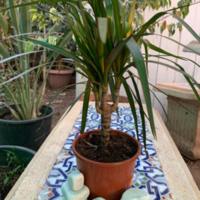Browse Items (16 total)
Sort by:
-
Echeveria
Known by echeveria, which describes a genus in the family Crassulaceae, the scientific name is Echeveria elegans. Safe for dogs and cats. As a succulent, echeveria need less care than many plants. For care, echeveria need 4-6 hours of sunlight each day. Water when the soil is completely dry. -
Venus flytrap
The Venus flytrap is the common name for Dionaea muscipula. It requires bright light for at east 6 hours a day, with acidic soil that is consistently damp. Venus flytraps need distilled water or rainwater. -
Dumb Cane
Scientific name is dieffenbachia and is poisonous to both dogs and cats. Symptoms if ingested include vomiting, burning and swelling of the mouth, difficulty swallowing, and difficulty breathing. Dumb Cane is relatively easy to take care. It requires indirect, bright sunlight and moist soil. Ideal temperature range is between 60 and 80 degrees F. -
Ponytail Palm
Scientific name is Beaucarnea recurvata and is safe for both dogs and cats. These plants are easy to take care of and require little attention. They need bright, indirect sunlight. Allow the first inch or two of the top soil dry out completely before watering again; ponytail palms do not require much water. Normal room temperatures are fine for the palm. -
Dragon Tree
Scientific name is dracaena marginata and is poisonous to both dogs and cats. If ingested symptoms include vomiting, drooling, and muscle weakness. Dragon trees need bright, indirect sunlight and should not be overwatered. Let the first couple inches of top soil dry out before watering again. Ideal temperature range is 70 to 80 degrees F.
